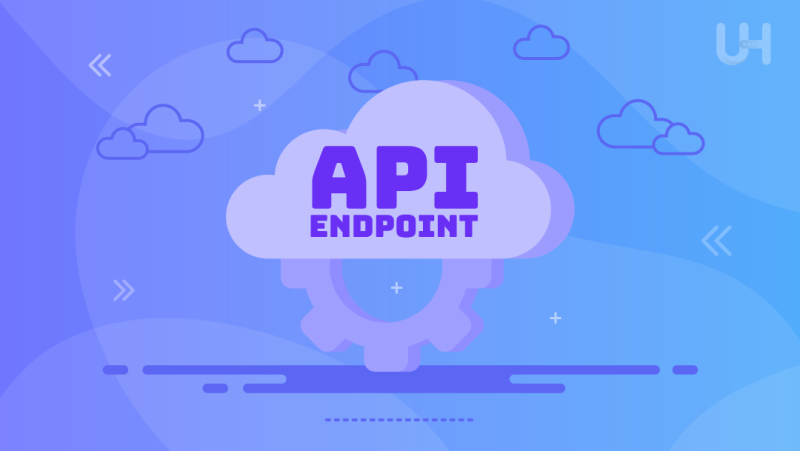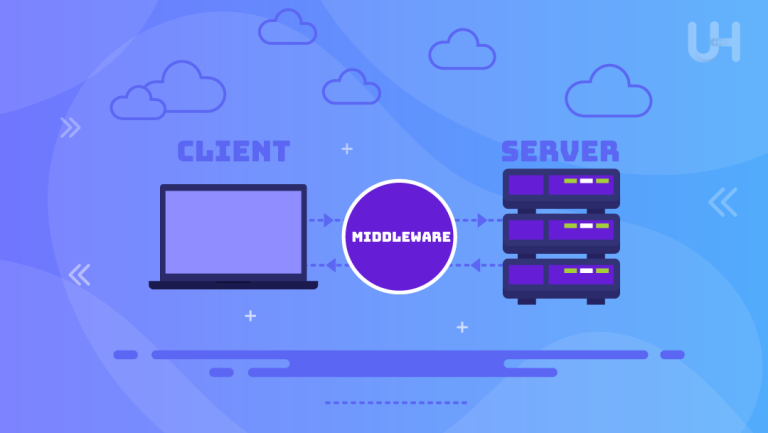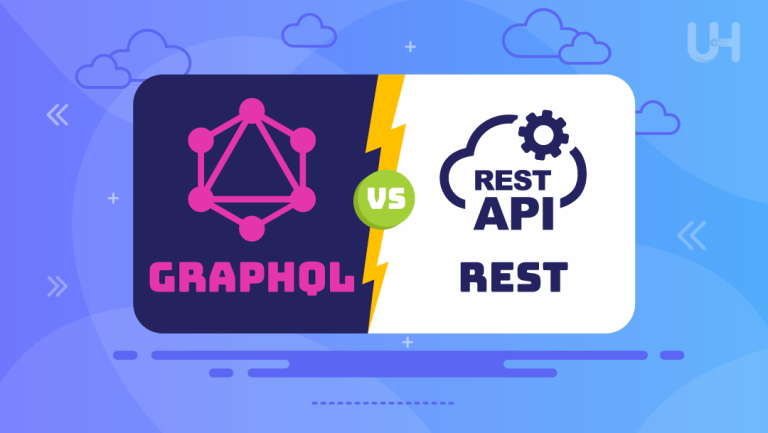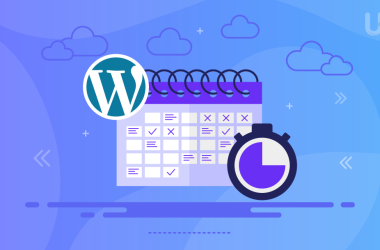Working within today’s digital space, APIs are an integral part of how different applications communicate with each other. An API endpoint is basically a specific URL or location in an API where the request is sent, and the response is returned. Knowing what an API endpoint is will be important for a developer to know, as this really determines how the applications will talk to one another.
API endpoints are crucial in developing current web applications, mobile applications, and IoT devices to exchange data and integrate functionalities easily. In this article, we discuss the importance of an API endpoint, its types, and how it is critical to a software system’s functionality.
What Is An API Endpoint?
An Application Programming Interface (API) endpoint is a specific URL that serves as an access point for software applications to interact with dedicated servers. It acts as a request handler and response generator, facilitating data exchange between clients and servers. In web services and RESTful architecture, endpoints identify resources and define how different systems communicate, including microservices communication. Each endpoint adheres to standard protocols and specifies the necessary data formats, ensuring efficient and secure operations.
Types of Endpoints
- REST and SOAP Endpoints: They are widely used for web services, while GraphQL provides a flexible alternative for data queries.
- Webhooks: It allow real-time notifications, whereas public and private test API endpoints cater to different access levels.
- CRUD Endpoints: They handle create, read, update, and delete operations while streaming and batch endpoints manage data flow efficiently.
- Authentication Endpoints: They secure access, and monitoring endpoints facilitate tracking system performance and errors.
REST vs SOAP
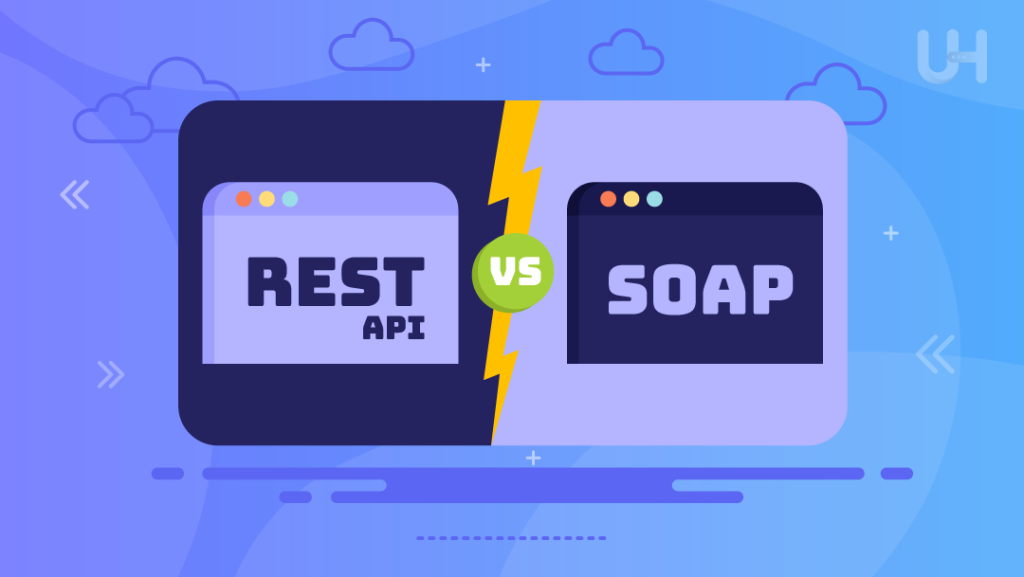
REST and SOAP represent two distinct architectural styles for web services, each with unique characteristics. The REST API endpoint operates on statelessness and utilizes JSON or XML for data formatting, prioritizing flexibility and ease of use. Meanwhile, SOAP is inherently stateful and relies on XML, showcasing greater complexity and built-in security protocols. In terms of performance, REST generally supports caching for improved speed. In contrast, SOAP excels in error handling and service orientation, highlighting its varied applications in API evolution and interoperability across different platforms.
How Endpoints Work
Endpoints function as gateways for client requests using various HTTP methods like GET, POST, PUT, and DELETE to perform specific actions. When a client interacts with an endpoint, the request API endpoint URL includes the necessary parameters to direct data flow. At the same time, the server processes the request, delivering a response that includes status codes and serialized payload data. Middleware often handles security checks, logging activities, and rate limiting to ensure smooth operation. At the same time, asynchronous processing can enhance efficiency, demonstrating the complex interactions that define how endpoints facilitate communication between clients and servers.
Request and Response
In API communication, the client initiates a request that includes a specific format, headers, and body content, often requiring authentication. Once received, the server processes the request, generating a response that conveys status codes and a response body that may contain data or error messages. Essential components like data validation, caching mechanisms, and timeout handling ensure robust interaction while logging requests and facilitating asynchronous responses, further enhancing the efficiency of the request-response cycle and highlighting the intricate dynamics of API communication.
Data Formats
Request Mechanics
When a client initiates a request, it specifies the request format, includes necessary headers, and provides body content, which may also require authentication to ensure secure access to the API, making it crucial for proper communication and functionality within the service being accessed.
Response Dynamics
Upon receiving a request, website servers process it and generate a response with status codes indicating success or failure. The response body may contain the requested data or relevant error messages, all of which facilitate effective interaction between the client and server throughout the process.
Secure Your API Development with NVMe VPS!
Enhance your security and control with an NVMe VPS from UltaHost. Our solutions offer robust performance, easy management, and secure remote access, perfect for API development and integration.
Common Use Cases
- API endpoints are essential for web application integration and mobile app development, enabling seamless communication between different services and systems.
- They are critical in e-commerce platforms, facilitating payment processing and user authentication to ensure secure transactions.
- APIs also support real-time data streaming and analytics, enhancing the ability to retrieve and analyze information efficiently.
- Additionally, they are crucial in IoT device management and business process automation, allowing for streamlined operations across various applications and services.
Security Considerations
Data encryption and authentication protocols are essential to protect sensitive information and ensure robust API endpoint security. Integrating an advanced endpoint protection platform can improve security measures by offering robust and comprehensive protection against potential threats. Access control measures, such as token-based authentication and API throttling, help manage user permissions and prevent abuse, while effective input validation ensures data privacy. Additionally, practices like logging and monitoring, conducting regular security audits, and performing vulnerability testing further safeguard the API environment. This ensures user privacy protection and maintains secure connections against potential threats.
Error Handling
Effective error handling in APIs involves utilizing error codes and providing user-friendly messages to enhance user experience during issues. Implementing strategies like logging errors and establishing retry mechanisms enables smooth operations even when problems occur, while systems for monitoring errors ensure timely alerts for failures. Moreover, comprehensive documentation for errors, combined with techniques like exception handling and fallback procedures, is crucial for developers, helping them manage input validation errors and timeout errors while maintaining system reliability and user trust.
Future of API Endpoints
- The future will feature increased automation and AI integration, allowing smarter, more efficient application interactions.
- As GraphQL adoption grows, developers can expect enhanced security protocols and an overall better developer experience.
- Microservices expansion and serverless architecture will promote real-time data access and improved system interoperability.
- Emphasizing data privacy enhancements and performance innovations will drive the evolution of API protocols. This ensures adaptability in a rapidly changing digital sector.
Performance Optimization
To achieve optimal performance, implementing effective caching strategies and load-balancing techniques is essential for managing traffic efficiently. Employing compression techniques and minifying resources reduces file sizes while utilizing asynchronous requests and database optimization enhances response times. Additionally, integrating Content Delivery Networks (CDNs) and conducting regular response time monitoring ensures low latency and efficient resource allocation, ultimately supporting scalable architecture and improving overall API performance.
Understanding API Rate Limiting
API rate limiting is a mechanism that defines the maximum number of requests one can make in a specified timeframe. It is primarily aimed at preventing abuse and managing traffic. Different strategies exist, such as the token bucket and leaky bucket algorithms, alongside fixed and sliding window limiting methods to regulate request flows. By implementing these techniques, API providers can monitor usage, enhance user experience, and ensure fair resource allocation while also utilizing HTTP status codes and error responses to communicate limitations effectively to clients.
Implementing OAuth for API Security
Implementing OAuth for API security enables secure authorization without exposing user credentials. It utilizes various OAuth flows, like the authorization code flow and implicit flow, for different application needs. It employs access tokens and refresh tokens to maintain user sessions while defining permissions through scopes and managing token expiration. By ensuring user consent, adhering to best practices, and providing comprehensive API documentation, developers can effectively protect user data, handle errors, and facilitate secure interactions between clients and APIs, enhancing overall security and user trust.
Conclusion
In conclusion, understanding APIs’ significance and endpoint functionality is vital for modern application development. By focusing on security measures, error management, and performance benefits, developers can enhance user experience while ensuring robust integration flexibility. Continuous improvement and attention to scalability potential will drive innovation as the landscape evolves. This will continue to create strategic business value and open new opportunities for collaboration and data accessibility in the future.
Boost your API performance with High RAM VPS from UltaHost. Designed for demanding apps, our solutions provide the memory and speed needed for efficient data handling and seamless integration, ensuring your projects run smoothly.
FAQ
What is an API endpoint?
An API endpoint is an address through or at which a request is sent, or a response is received in the context of a particular API.
Why are API endpoints important?
They help communicate with other software applications, facilitate data entry, and integrate functionality for a seamless user experience.
What are API endpoint types?
The typical examples are REST, SOAP, GraphQL, and WebSocket endpoints. Each of them also has different uses and functions.
How does rate limiting work?
Rate limiting is a strategy for limiting the number of requests a client can make in any one period, which helps prevent abuse.
What is OAuth?
OAuth is an authorization framework that allows applications to access user data without necessarily having to share login credentials.
What are some of the common API use cases?
These APIs allow for the development of web and mobile applications, payment processing, data retrieval, and integration with third-party services.
How can I secure my API endpoints?
This includes securing certain API endpoints by providing authentication, using HTTPS, validating inputs, and regulating access through rate limiting.





